What is Farming Technology Advancements ? The agricultural industry is witnessing remarkable advancements driven by cutting-edge technology. From precision farming to drone applications, these six trends are reshaping modern farming practices. Stay informed and discover the incredible innovations revolutionizing agriculture in this article by Taivn.mobi
Farming Technology Advancements: 6 Amazing Trends To Watch
Bee Vectoring Technologies
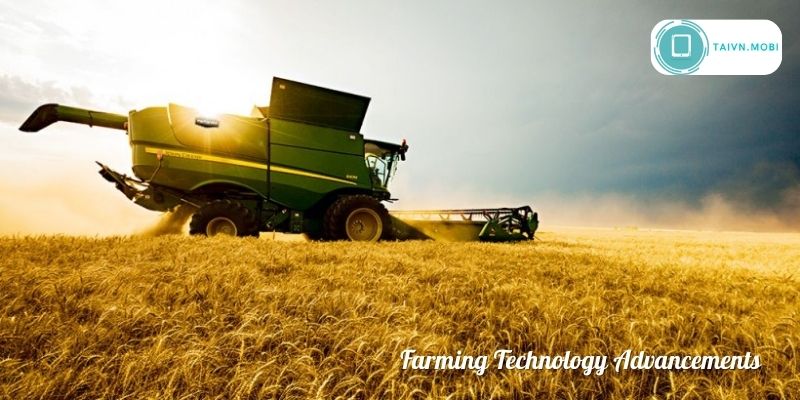
Honey bees are worth $20 billion in crop output in the United States. Because these insects are critical to human life, agricultural equipment is evolving to help protect bees and enhance their pollination capacities.
BVT pollinates crops with commercially produced bees, replacing chemical pesticides with an environmentally safe crop protection system.
The technique does not necessitate the use of tractors or the spraying of water. Instead, the scientifically engineered bumblebee hive allows bees to pick up a trace amount of pest control powder on their legs, which they then disperse around the area.
This agricultural technological invention promotes more sustainable farming, crop productivity, and soil quality. BVT’s approach is appropriate for a wide range of crops, including blueberries, sunflowers, apples, and tomatoes, and it works on farms of all sizes.
Precision Agriculture
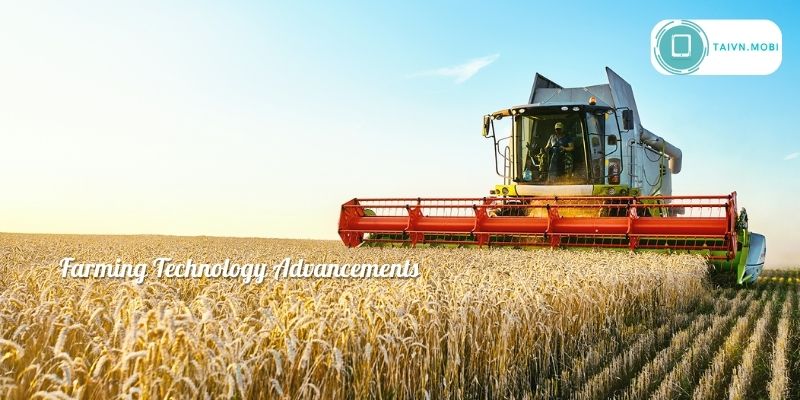
Precision agriculture is an agricultural resource management method that collects, processes, and analyses data to provide insights to farmers in order to assist them optimize and increase soil quality and productivity.
Precision agriculture data points are used in management decisions to improve farmland and agricultural output in numerous critical areas, including:
- Resource utilization efficiency
- Sustainability
- Profitability
- Productivity
- Quality
This agricultural technological invention employs big data to improve management decisions, allowing farmers to adjust crop production variables such as moisture level, soil condition, and microclimates to maximize output. Remote sensing technologies, drones, robotics, and automation are used to improve crop health and maximize agricultural resources, resulting in increased productivity.
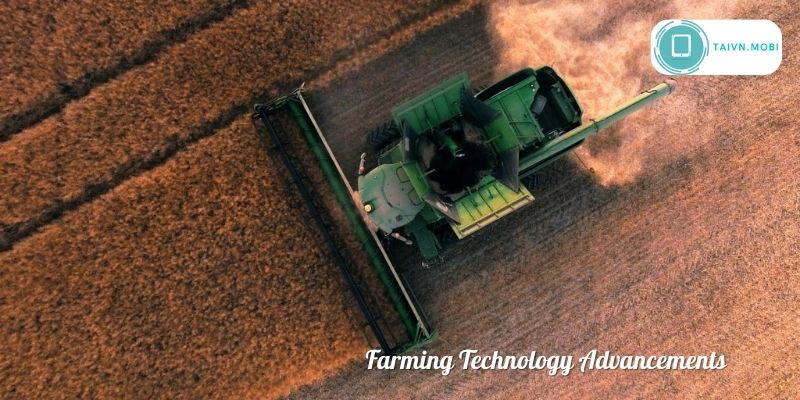
According to Grand View Research, the global precision farming market will reach $16.35 billion by 2028, increasing at a 13.1% CAGR. According to the organization, market development would be driven by increased government backing and the growing need for efficient agricultural health monitoring.
Indoor Vertical Farming
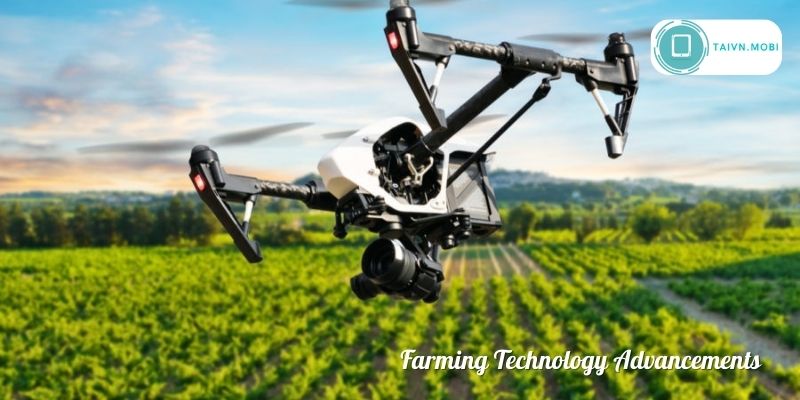
Rice yields per hectare range between three and six tons on average. Farmers, on the other hand, do not have to deal with this limitation when adopting indoor vertical farming. Indoor vertical farming cultivates agricultural products piled on top of one another in a closed and regulated setting. Growing shelves installed vertically are used in this technology to boost crop output in small spaces. Often, the shelves do not require soil because they are hydroponic or aeroponic.
- Hydroponics is a gardening technique in which plants are grown in water and fertilizer solutions.
- Aeroponics suspends crop roots in the air, with emitters showering them with water and nutrients on a regular basis.
Indoor vertical farms allow gardeners to regulate variables such as light, temperature, water, and, in some cases, carbon dioxide levels, resulting in healthier plants and higher harvests.
Other advantages of the system include 70% less water usage, which saves energy, and lower labor costs due to the use of harvesting and planting robots.
Livestock Farming Technology

Emerging livestock technology gives farmers data-driven insights, allowing them to improve animal care, streamline farm management, and increase output.
Here are just a few of the many advances that are revolutionizing cattle farming:
- Automated dairy installations milk cows without human assistance, while milk sensors assist farmers in monitoring milk quality.
- Waste is removed by automated cleaning systems, resulting in cleaner, disease-free settings.
- Armenta’s non-antibiotic treatment for bovine mastitis use acoustic pulse technology (APT), which is responsible for over $6 billion in annual losses in the United States and Europe.
- Automated feeder systems supply animals with feeding combinations that are adjusted to their unique needs and are administered in the appropriate proportion.
- Faromatics uses robots, artificial intelligence, and big data to improve animal welfare and farm output.
Laser Scarecrows
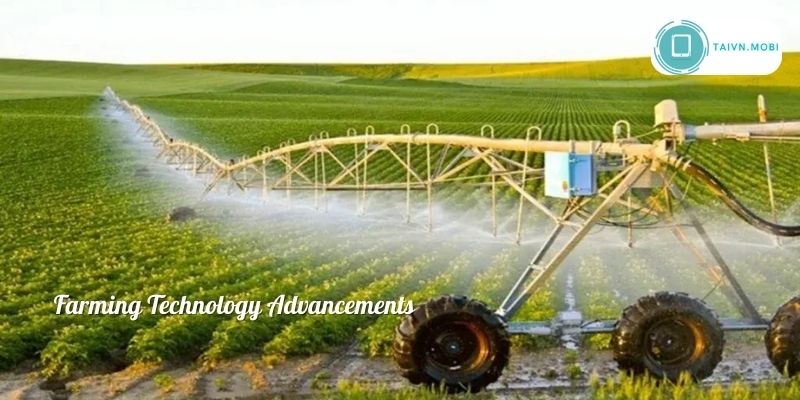
Pesky birds and rats can wreak havoc on crops growing in an open field. Farmers used traditional scarecrows to warn off hungry invaders in the past. To discourage birds from pillaging crops, farm owners and managers are turning to high-tech gadgets with motion sensors.
After determining that birds are sensitive to the color green, a University of Rhode Island researcher assisted in the construction of a laser scarecrow that emits green laser light. In sunlight, the light is not visible to humans, yet it can shoot 600 feet across a field to alarm birds before harming crops.
Early testing with laser scarecrows has shown that the devices can reduce crop damage by up to 70% to 90% by lowering the bird population surrounding farmlands.
Farm Automation

Farm automation combines agricultural machinery, computer systems, electronics, chemical sensors, and data management to improve equipment functioning and decision-making, reducing human input and error in the process.
Reduced work time, higher yields, and more efficient resource use are driving the technology’s widespread adoption. Farmers are changing the way they cultivate their crops by using automated harvesters, drones, self-driving tractors, sowing, and weeding. The technology handles routine and mundane duties, allowing employees to focus on more vital functions.
Automation, like any other field (no pun intended), can help employees save time by reducing the need for people to actively participate in a task. Because of mechanization, most farmers today spend more time with their families than they did previously.
Conclusion
In conclusion, Farming Technology Advancements: 6 Amazing Trends To Watch are transforming the agricultural landscape. From AI-driven automation to vertical farming, these trends hold immense potential for increased productivity, sustainability, and efficiency in farming. Embrace these remarkable innovations and stay ahead in the ever-evolving world of agriculture.
